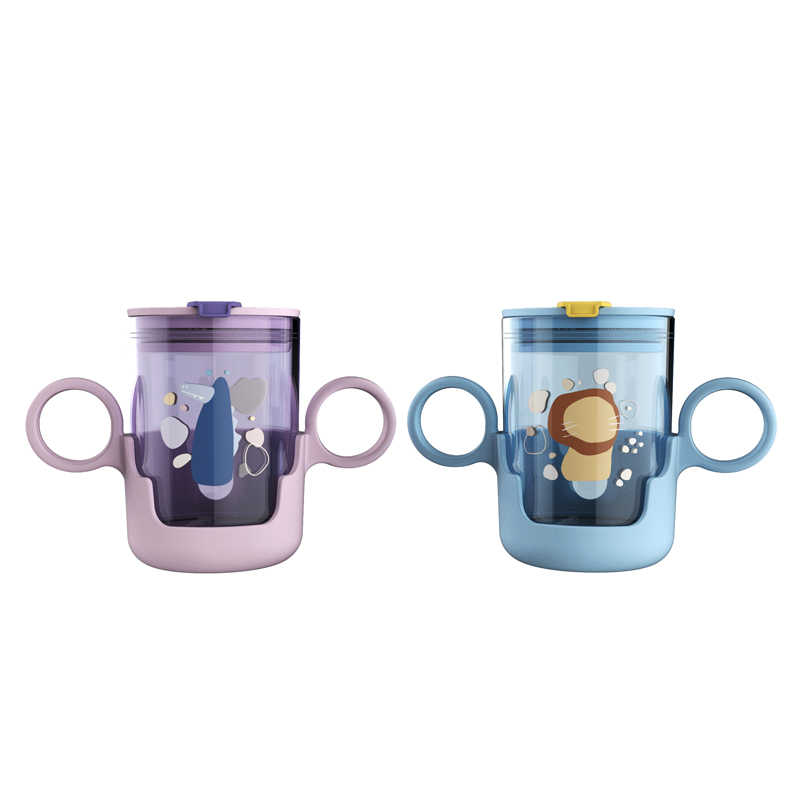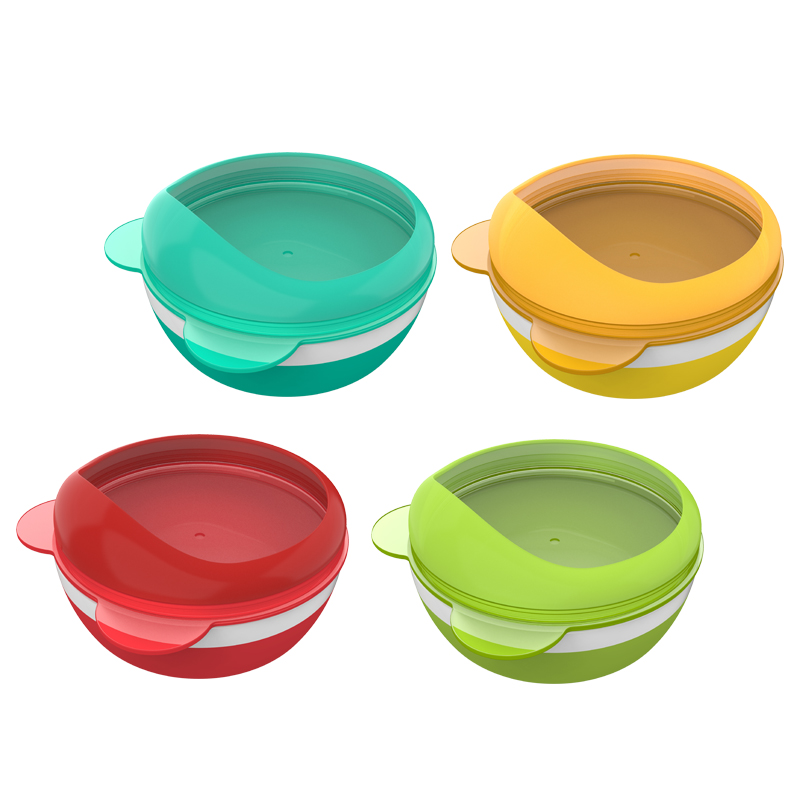5 Customizable Baby Bowls Your Brand Can Start With
If you're launching a new baby product line, starting with customizable baby bowls[^1] is a smart move. I’ve helped many brands choose the right materials, colors, and packaging.
Customizable baby bowls are a low-risk, high-appeal product for global markets. Brands can adjust materials, colors, logos, and packaging to match their identity and win over parents.
Choosing the right baby bowls for customization is more than just picking cute designs. You’ll need to consider food-safe materials[2], safe branding methods, and practical shapes that parents will actually use. Let’s look at the five most customizable baby bowls[1] for your brand to start with.
What materials are best for custom baby bowls?
If I had to start with one decision when customizing baby bowls, it would be the material. That one choice determines everything from appearance to safety and durability.
The most popular materials for custom baby bowls are PP, Tritan, stainless steel, and silicone. These materials are BPA-free, food-safe, and work well with custom logo applications.
Why material selection matters
Material affects heat resistance, color options, how you print a logo, and the total lifespan of the bowl. A bowl made of PP or Tritan will look and feel very different from one made of stainless steel or silicone. Buyers from Europe and Southeast Asia tend to look for materials that are lightweight, durable, and pass EN or FDA testing.
Here’s a breakdown of popular materials for baby bowls:
| Material | Features | Custom Options | Certifications |
| PP (Polypropylene) | Lightweight, cost-effective | Full-color, silk screen | BPA-free, EN14372 |
| Tritan | Transparent, impact-resistant | Laser or pad print | BPA-free, FDA, LFGB |
| Stainless Steel | Durable, high-end appearance | Laser engraving | Food-grade 304/316 |
| Silicone | Soft, non-slip, colorful | Molded logo or print | BPA-free, EN14350, FDA |
Each material has trade-offs. For example, silicone is great for grip and temperature control, but it's harder to mold into complex shapes. Tritan offers a modern look and clear transparency, but it costs more. Think about your end customer and brand image when picking the right one.
How can brands add logos to baby feeding bowls?
Adding your logo to a baby bowl is one of the most important custom features. I’ve seen buyers lose out simply because their logo wore off after a few washes.
There are four main ways to add logos to baby bowls: silk screen printing, pad printing, laser engraving, and molded logos. Each has pros and cons depending on material and logo complexity.
Logo printing techniques explained
The right logo method depends on the material of your baby bowl and how detailed your logo is. For example, silicone molds well with raised logos but not with ink printing. Tritan is ideal for pad printing because of its smooth surface.
| Logo Method | Best for Material | Durability | Setup Time |
| Silk screen print | PP, Tritan | Medium | Fast |
| Pad printing | Tritan, PP | High | Medium |
| Laser engraving | Stainless steel | Very High | Fast |
| Molded-in logo | Silicone | Very High | Longer lead time |
Pad printing offers a balance between detail and cost. Laser engraving is best if you're using metal or stainless steel bowls. Molded logos last the longest but require a custom mold, which adds to the upfront tooling cost.
Make sure your supplier tests logo adhesion for wear-and-tear, especially if the bowl will be cleaned in a dishwasher frequently.
What colors and shapes appeal to global parents?
Color is more than just style. It can influence a parent's perception of your brand. Some markets love soft tones, while others prefer bright, cartoon-style designs.
Global parents often prefer pastel colors and ergonomic shapes. Rounded edges, suction bases, and divider bowls are among the most popular features.
Understanding parent preferences
Parents want bowls that are cute, functional, and safe. Based on customer feedback and sales data from Europe and Southeast Asia, bowls with suction bases and divider sections tend to sell best. The suction base keeps the bowl from sliding, which parents love when feeding toddlers.
Here’s a table showing global preferences:
| Region | Preferred Colors | Common Shapes | Notes |
| Europe | Pastel (mint, peach) | Round, suction, divider | Clean look, minimalist |
| Southeast Asia | Bright, playful | Cartoon-themed, sectional | Strong appeal to local characters |
| USA | Neutral + cartoon mix | Rounded square, lidded | Mix of aesthetics and function |
Adding a divider section helps parents separate fruits from rice or sauce. It’s not just a style—it's a selling point.
If your brand is planning to launch globally, consider a base style that can be recolored or adapted to suit regional markets.
What packaging options are available for custom bowls?
Packaging isn’t just about looks. It protects your product, communicates your brand, and affects shipping cost. I’ve worked with buyers who tripled their perceived value just by upgrading packaging.
Popular packaging options include kraft boxes, PET clamshells, window boxes, and custom printed cartons. Choose the one that fits your brand’s image and budget.
Choosing the right packaging
There are three types of packaging most used for baby bowls in wholesale:
| Packaging Type | Look & Feel | Cost Range | Notes |
| Kraft paper box | Eco-friendly, simple | $ | Good for eco brands, recyclable |
| PET clamshell | Clear, protective | $$ | See-through, but not eco-friendly |
| Custom window box | Premium, branded | $$$ | Best for retail shelves |
Some brands go even further with foil stamping, inserts, or QR codes on the box. A custom box also lets you include safety icons (BPA-free, EN-tested), washing instructions, and your contact info.
If your MOQ is low, stick to kraft or stock-size boxes to control cost. If you're placing a larger order, investing in custom packaging will definitely lift your brand’s profile.
Conclusion
With the right mix of material, logo, color, shape, and packaging, your brand can launch customizable baby bowls[^1] that truly stand out in global markets.
[^1]: Explore the advantages of customizable baby bowls to understand how they can enhance your brand's appeal and market reach.
[^2]: Learn about food-safe materials to ensure your baby products are safe and compliant with health standards.


